Optimal Timing for Vapor Barrier Installation
Vapor barrier installations are most effective when performed under specific environmental and seasonal conditions. Proper timing ensures optimal adhesion, durability, and performance of the vapor barrier. The right timing can prevent moisture issues, mold growth, and structural damage caused by trapped humidity.
Late spring and early fall are ideal due to moderate temperatures and lower humidity levels, which facilitate proper curing and adhesion.
Installation should be avoided during rainy, snowy, or excessively humid periods to prevent moisture entrapment and installation defects.
Temperatures between 50°F and 85°F are recommended for vapor barrier installation to ensure materials set correctly and perform as intended.
Ensure the surface is dry, clean, and free of debris. Proper preparation enhances adhesion and longevity of the vapor barrier.
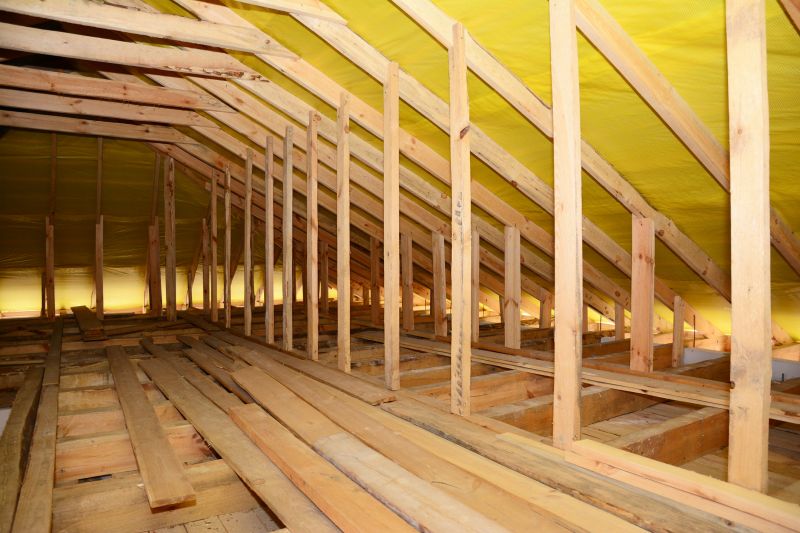
Spring offers moderate weather conditions ideal for vapor barrier work, reducing risks of moisture entrapment.
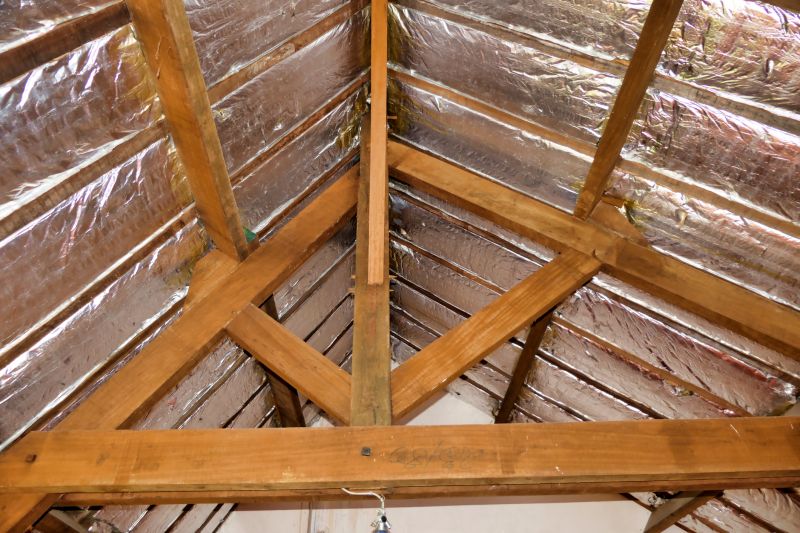
Fall provides cooler temperatures and lower humidity, making it suitable for effective installation.
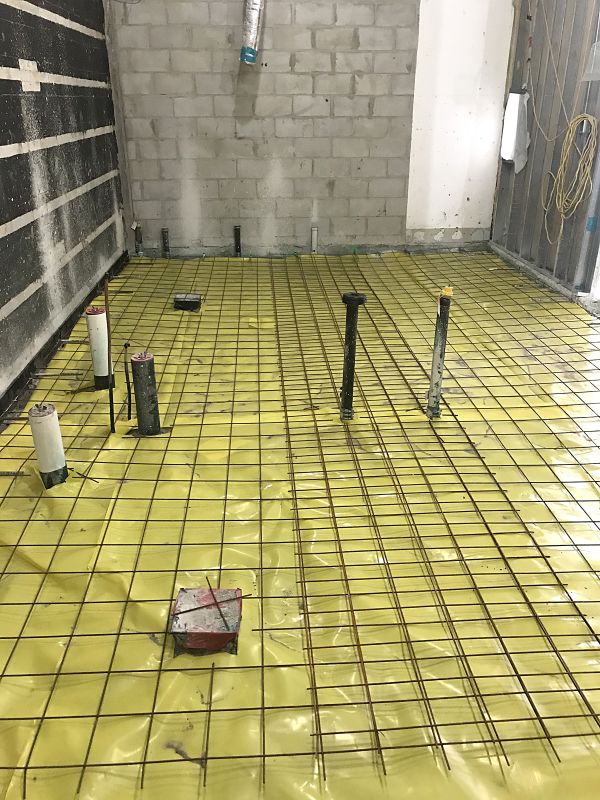
Avoid days with high humidity, rain, or snow to ensure the vapor barrier adheres properly and remains effective.
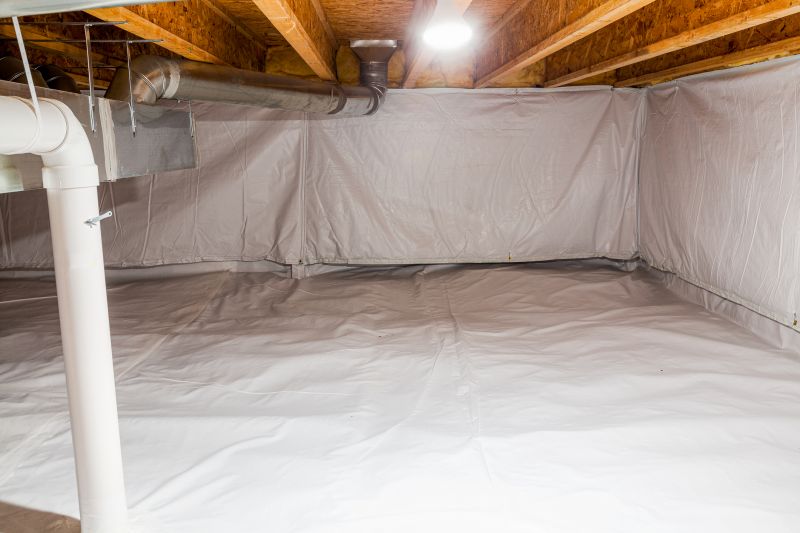
Ways to make Vapor Barrier Installations work in tight or awkward layouts.
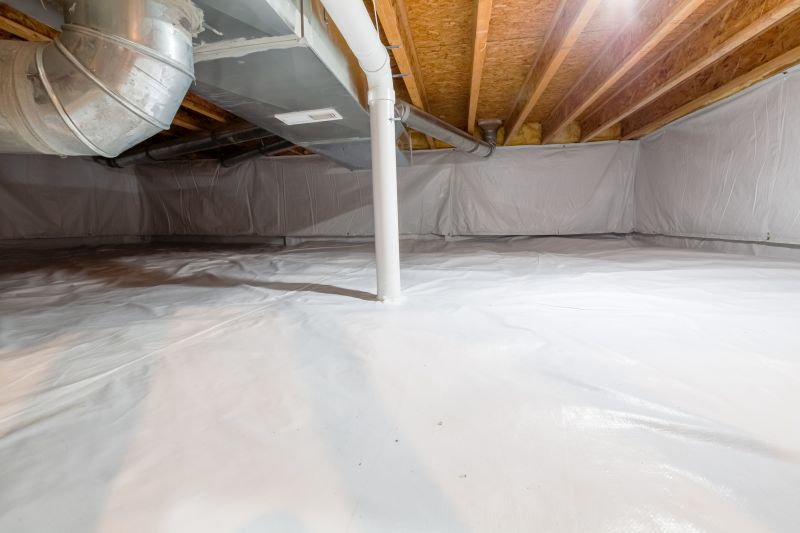
Popular materials for Vapor Barrier Installations and why they hold up over time.

Simple add-ons that improve Vapor Barrier Installations without blowing the budget.

High-end options that actually feel worth it for Vapor Barrier Installations.
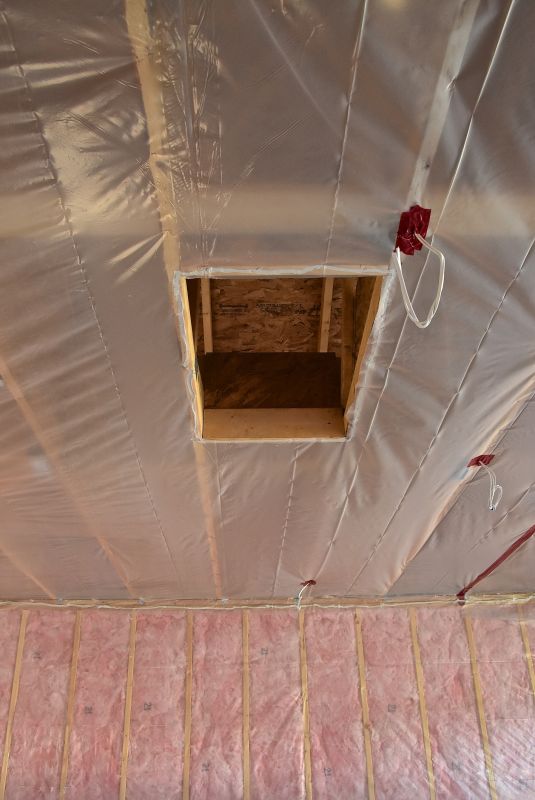
Finishes and colors that play nicely with Vapor Barrier Installations.
Vapor barrier installations play a crucial role in controlling moisture within building structures, especially in basements, crawl spaces, and attics. Proper installation at the right time can significantly extend the lifespan of the building envelope, prevent mold growth, and improve indoor air quality. Studies indicate that installation during optimal weather conditions reduces the likelihood of moisture-related issues by up to 30%. Proper timing also ensures that materials are not compromised by environmental factors, leading to better performance over time.
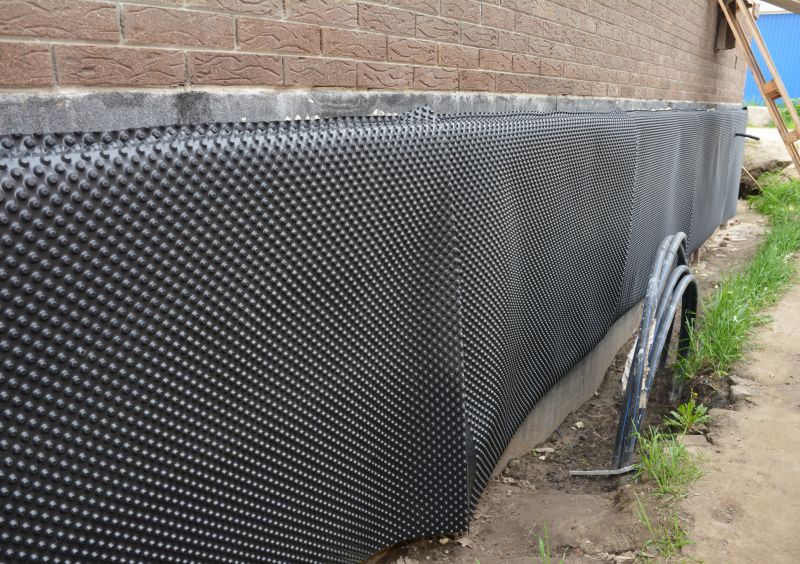
Installing during dry, mild weather ensures effective moisture control.

Optimal in moderate temperatures to prevent condensation issues.

Best done when humidity levels are low to prevent mold growth.

Ensuring dry surfaces enhances adhesion and durability.

Little measurements that prevent headaches on Vapor Barrier Installations day.
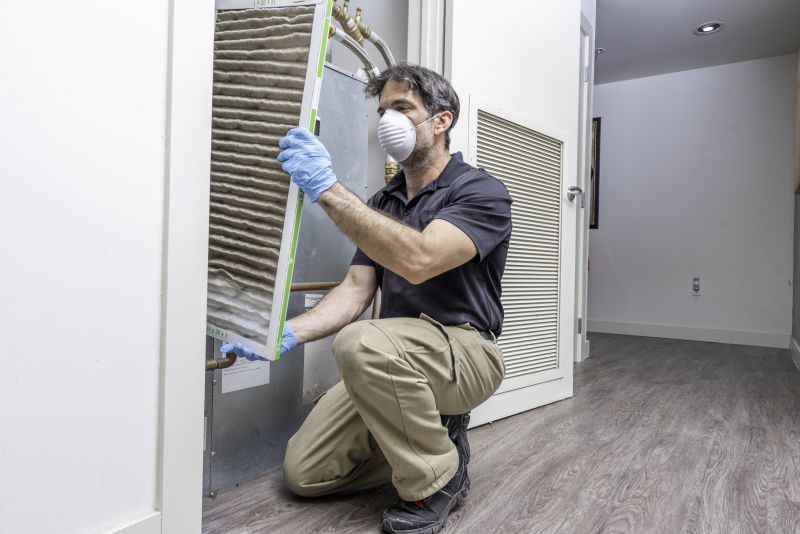
A 60-second routine that keeps Vapor Barrier Installations looking new.

A frequent mistake in Vapor Barrier Installations and how to dodge it.
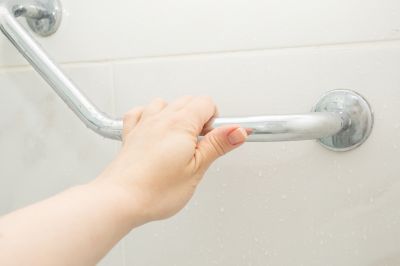
Small tweaks to make Vapor Barrier Installations safer and easier to use.
| Season/Timeframe | Recommended Conditions |
|---|---|
| Late Spring | Moderate temperatures, low humidity |
| Early Fall | Cooler weather, lower humidity |
| Summer | Avoid during high heat and humidity |
| Winter | Not recommended due to extreme cold and moisture issues |
| Ideal Temperature Range | 50°F to 85°F |
Choosing the correct timing for vapor barrier installation enhances its effectiveness and longevity. Proper environmental conditions ensure materials adhere properly and resist moisture infiltration. Scheduling installations during periods of stable, mild weather minimizes the risk of rework and future moisture problems, ultimately protecting the structural integrity of the building.
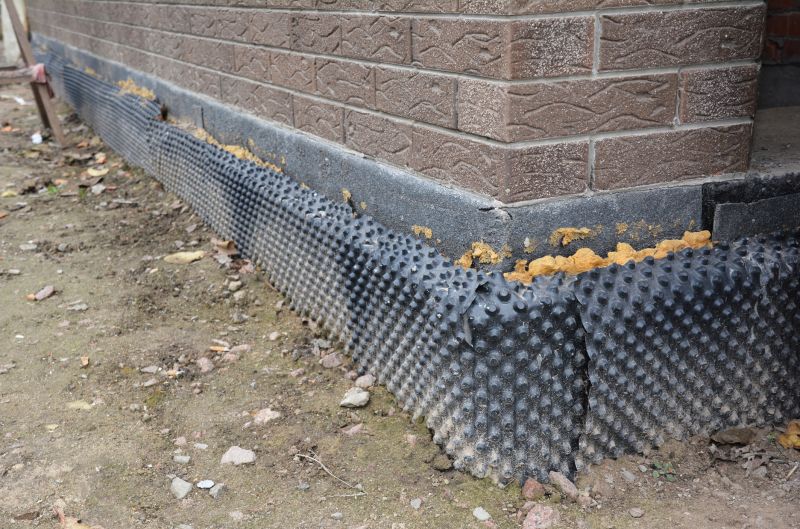
Ensures optimal adhesion and performance.

Helps avoid weather-related issues.
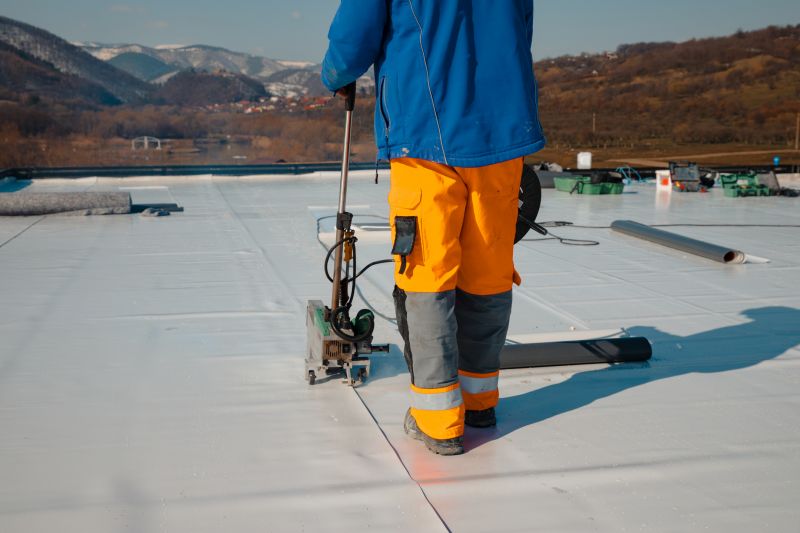
Key for effective vapor barrier installation.

Lower-waste or water-saving choices for Vapor Barrier Installations.
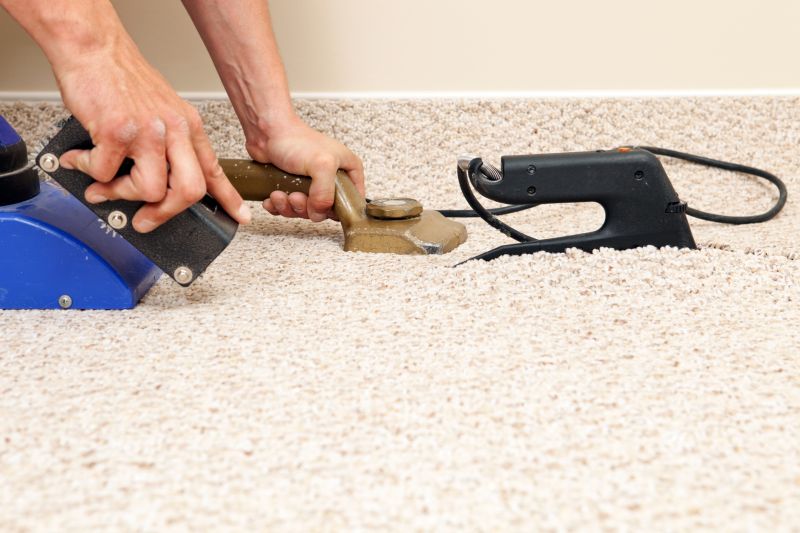
The short, realistic tool list for quality Vapor Barrier Installations.

Rough timing from prep to clean-up for Vapor Barrier Installations.

Quick checks and paperwork to keep after Vapor Barrier Installations.

Examples that show the impact a good Vapor Barrier Installations can make.
Interested in scheduling a vapor barrier installation? Filling out the contact form can provide further guidance on timing and ensure the project is completed under optimal conditions for maximum effectiveness.
